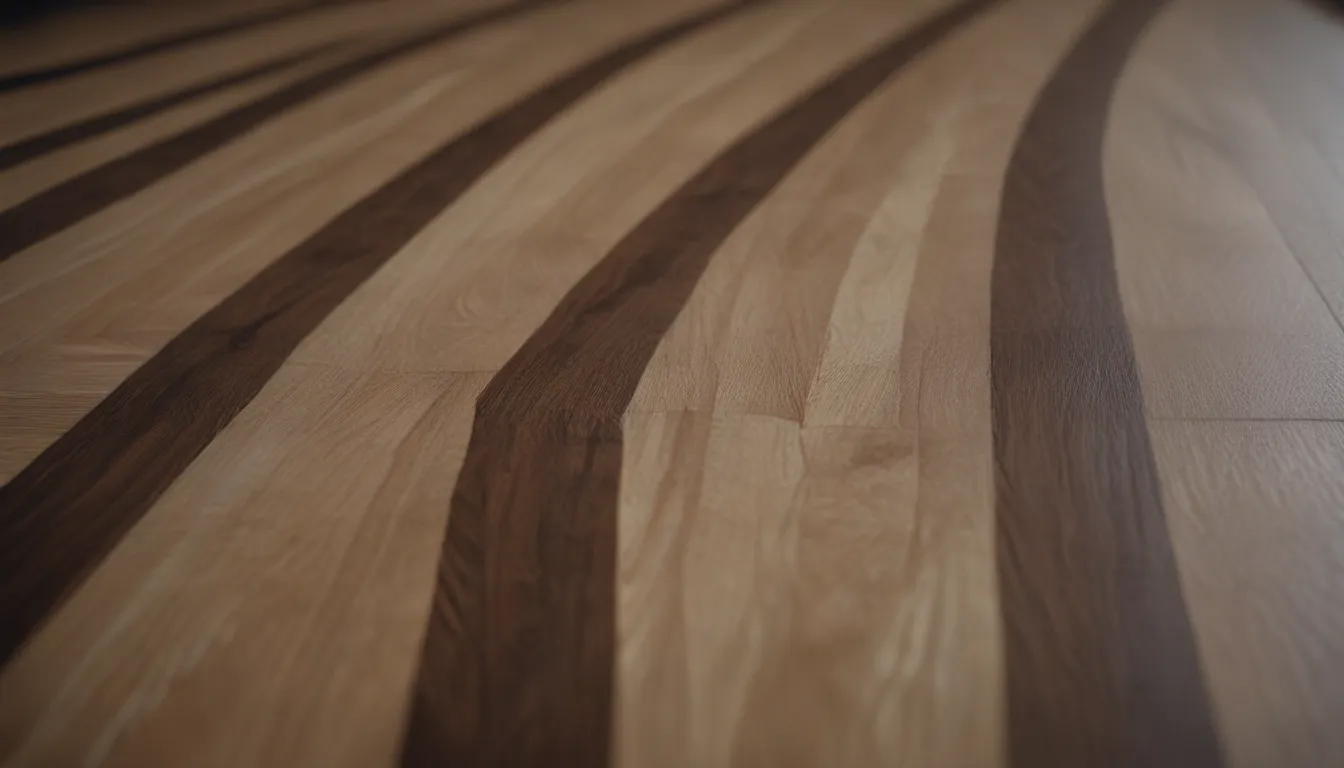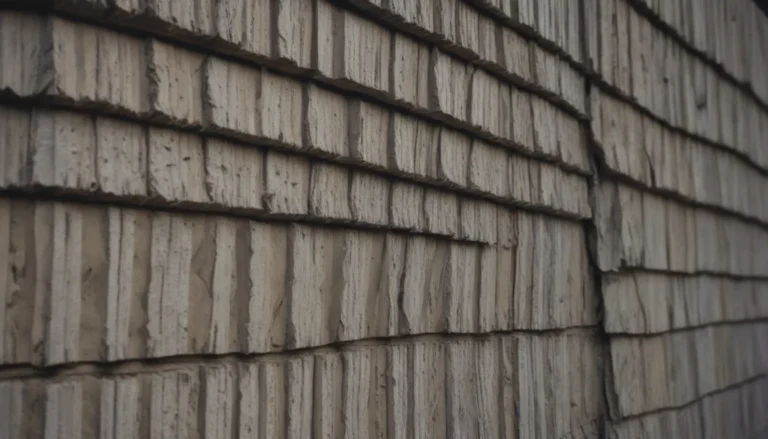The Complete Guide to Floor Transition Strips

Are you in a constant battle to make sure your flooring transitions from room to room seamlessly? Do you find yourself wondering how to bridge the gap between different types of flooring in your home? Well, fear not! Transition strips are here to save the day.
Transition strips are essential accessories in the flooring industry that help to create smooth transitions from one type of flooring to another. Whether you are moving from hardwood to tile or carpet to laminate, transition strips are the key to making these shifts look seamless and professional in your home.
What is a Transition Strip?
Transition strips serve as the bridge between different types of flooring materials. They are commonly used in areas where one type of flooring meets another, such as where hardwood transitions to tile or carpet transitions to vinyl. These strips not only provide a clean and polished look but also serve functional purposes, such as covering expansion gaps and creating a safe walking surface.
Why Use Transition Strips?
While it may be tempting to try and have two different types of flooring meet without a transition strip, it is often not the best choice. Transition strips offer several benefits that make them a worthwhile investment:
- Cover Expansion Gaps: Transition strips cover the necessary gaps between different types of flooring to accommodate for expansion and contraction.
- Visual Break: Transition strips provide a visual break between different flooring materials, creating a more aesthetically pleasing transition.
- Safety: Clearly visible transitions help prevent accidents by allowing people to see and anticipate changes in flooring height or texture.
- Smooth Transition: Transition strips like reducers create a smooth transition between floors of different heights, reducing tripping hazards.
Types of Transition Strips
Transition strips come in a variety of styles and materials to suit different flooring needs. Here are some common types of transition strips and their uses:
1. Full Saddle and Half Saddle Transitions
- Full Saddle: Bridges two floors at the same level.
- Half Saddle: Bridges two floors at different levels.
- Ideal for: Connecting wood and tile floors.
2. Carpet to Tile Transition
- Description: Invisible aluminum strip tucked under the edge of the carpet with protruding spikes that grip the carpet.
- Best for: Joining low-pile carpet with ceramic tile.
3. 4-In-1 Transition Strip
- Features: Interchangeable parts for different floor types.
- Components: T-molding, carpet strip, hard surface reducer, end molding.
4. T-Strip for Hard Surfaces
- Purpose: Links two hard-surface floors of the same height.
- Installation: Requires special sealant and T-shaped aluminum strip.
- Aesthetic Concerns: Matching different floor colors may be challenging.
5. Tile-to-Laminate Transition
- Design: Bridges laminate floor to tile floor.
- Installation: Involves mounting metal channel and snapping finish molding into place.
- Considerations: Addresses differing thickness levels of flooring.
6. Wood-to-Wood Seam Binder
- Function: Bridges two wood floors of equal heights.
- Installation: Simply position over the seam and secure with screws.
- Customization Options: Unfinished strip allows for staining to match flooring.
7. Vinyl to Tile Transition
- Purpose: Makes a smooth transition from lower vinyl to thicker ceramic or stone tile.
- Installation: Anchoring metal channel to subfloor and snapping top strip into place.
- Customization: Unfinished strip can be stained or painted to match flooring.
8. Carpet Edge Gripper
- Usage: Holds the edge of the carpet with metal teeth.
- Installation: Tacked to the subfloor to secure the carpet backing.
- Ideal for: Transitioning from carpet to lower surfaces like tile or wood.
Installing Transition Strips
Installing transition strips may vary depending on the type of flooring materials being connected. Here are some general tips for installing transition strips:
- Prepare Subfloor: Ensure the subfloor is clean and level before installing the transition strip.
- Cut to Size: Measure and cut the transition strip and mounting rail or channel to fit the area.
- Attach to Subfloor: Attach the mounting rail or channel to the subfloor using appropriate methods (e.g., screws, adhesive).
- Secure Transition Strip: Attach the transition strip to the mounting rail or channel using the recommended installation method.
Remember, transition strips are typically installed before baseboards and at the same time as the other flooring. If you are unsure about the installation process, it is always best to consult with a professional to ensure a seamless and safe transition between your floors.
In conclusion, transition strips are a valuable accessory when it comes to creating a seamless transition between different types of flooring in your home. With various styles and materials available, you can find the perfect transition strip to suit your flooring needs. Whether you are looking for a functional reducer or a stylish saddle transition, there is a transition strip out there for you. Say goodbye to uneven flooring transitions and hello to a polished and professional look with the help of transition strips!





